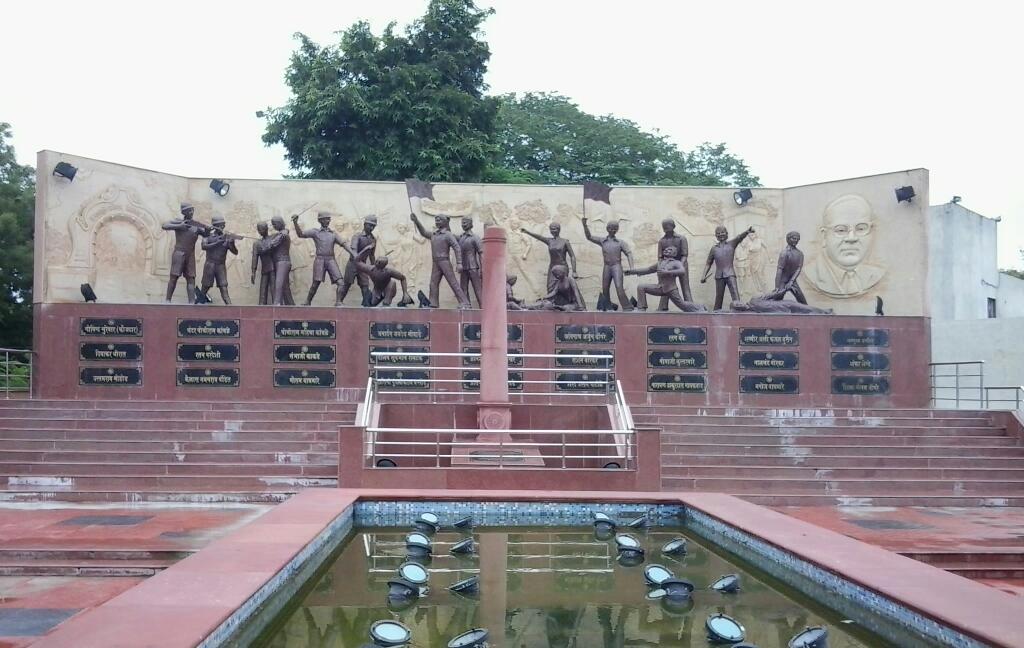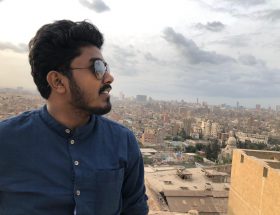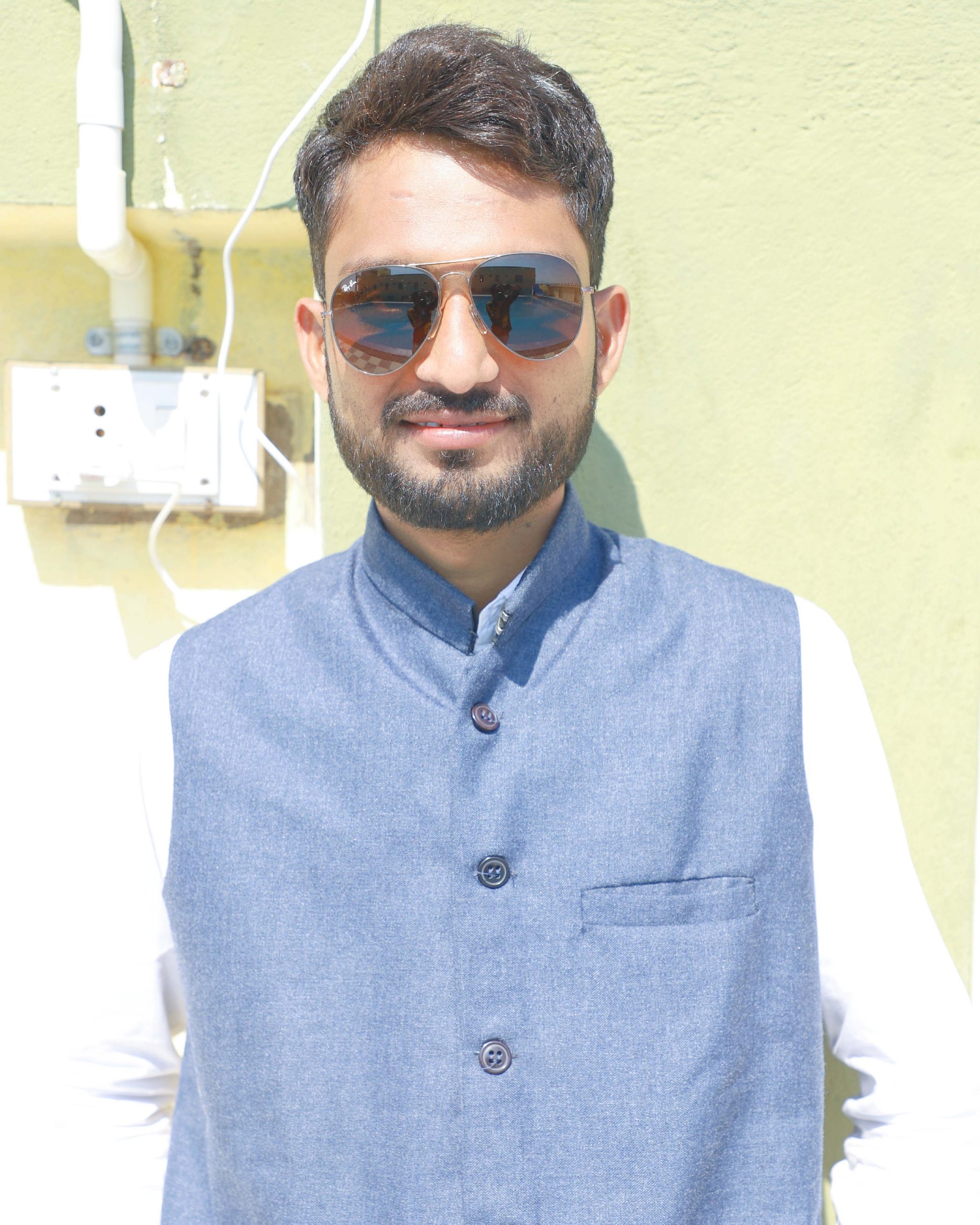Pradnya Jadhav
~ I have seen you
At the front of the Long March
The end of your sari tucked tightly at the waist
Shouting “Change the name”
Taking the blow of the police stick on your upraised hands
Going to jail with head held high……… ~ Jyoti Lanjewar
Namantar means Renaming. Few decades ago, the word Namantar had galvanized the entire Maharashtra, especially the Marathwada region, as the demand for renaming Marathwada University after Dr. Ambedkar started to evolve. In recent times, renaming places, institutions does not demand rigorous engagement and constant follow up, provided, the suggested name represents the true spirit of nationalism. However, the renaming of Marathwada University took more than 17 years causing severe damages to the lives of Dalits and yet without meeting the actual demand of the movement. The renaming was perhaps replaced by expansion of the previous name. Keeping the word “Marathwada” intact, on 14th January, 1994 the university was named as “Dr. Babasaheb Ambedkar Marathwada University”.
(Namantar Shahid Smarak, Nagpur)

Marathwada was formerly a part of Nizam’s territory, and was deprived of any educational institutions. Babasaheb had entered into the Marathwada region with the vision of uplifting its educational status. He established huge, spacious, well-equipped modern infrastructure with constructions themes echoing Buddhist culture. This history reflects his grand ideas about educational institutions. He created the safest, most accessible and affordable spaces for the students in the form of hostels. The unique features of the hostels allowed students to cook their own food in the hostel rooms, so that they could easily manage with their limited support from their families and concentrate on studies and needn’t have to drop out due to hunger. The educational institutions started by Babasaheb laid the foundation of setting up a separate University for Marathwada region.
The Namantar Andolan lasted for around 20 years from the 1970s to 1994. The history of the Namantar struggle is presented in different and often disconnected versions, sometimes treating it as a site of investigation, or documentation of events spanning the whole time of revolt, analysing the roles of its proponents and opponents, functioning of the State machinery and so on. The patronizing group of researchers have referred to the Namantar struggle mostly in the context of how Dalits were exploited; making evident their fear that after Namantar the entire Marathwada might become the land of Dalits.
The history of Namantar Andolan cannot be concluded on the note of its failure or success. The task of understanding the Namantar struggle from the perspective of constructing the history of Ambedkarite assertions all over the country illustrates why Babasaheb’s name was so important. This movement introduces leaders like Pratibha Tayade, Suhasini Bansode, Gautam Waghmare, Vilas Dhone, Narayan Gaikwad, Pratima, Sharad Patole and several thousand others and their sacrifices. It is a movement with women leading from the front, captured so well in Jyoti Lanjewar’s poem “Ai”. In a song by Vitthal Umap, he rightly conveys the importance of Babasaheb in our lives saying “because of my Babasaheb, mute have a voice, the incapacitated have started to walk, hear, see and read.” The name of Babasaheb is important for us, and so is Namantar crucial for us.
Namantar Andolan has continuously asked and will continue to ask why it took so long to rename the University? Until we find a more plausible answer, let us say, it was probably because, “Dr. Babasaheb Ambedkar” is a dangerous name! It is Hazardous to the existence of Savarnas and injurious to the “Indian Social Structure”. Namantar Din Long Live!
Jai Bhim!
~
Notes
“Namantarache Visthapit” Snehalata Mankar
“Dalit Chalwal: Aklanachya Dishene” Prakash Sirsath
~~~
Pradnya Jadhav is a student at JNU, she is part of the editorial team of SAVARI and a regular contributor to Round Table India.










